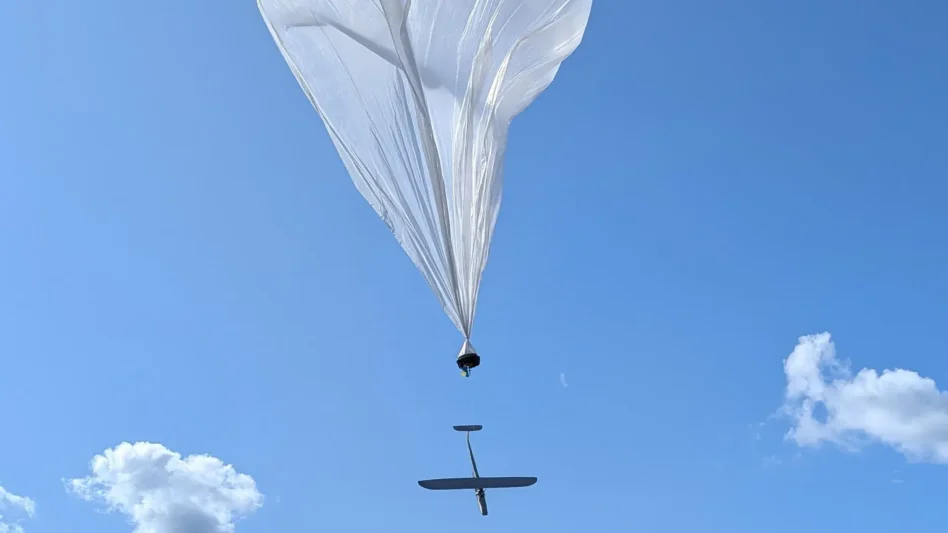Mortars are pretty dumb and only go so far. A new start-up called Aventra wants to change that. Earlier this week, the company emerged from stealth with $3M in seed funding led by Lavrock Ventures and a high-altitude, balloon-dropped, modular payload glider that makes dumb bombs smart and long-range strikes cheap.
Everyone loves things that go boom.
Cyber punk: Aventra was founded by Shift5 co-founder Michael Weigand, Brian Retherford, and Jessup Meng, who all served in Army Cyber together.
“We were aware of this problem of the expensive, exquisite nature of long-range strike and had a hypothesis that if we could make it more affordable, we could open up a brand new market,” Retherford told Tectonic. “We asked, ‘Can we take a wing and guidance kit and do for the 81-82mm mortar what the JDAM kit did for 500-2000 pound bombs?’”
Flying fish: The solution they came up with, called the Piranha, sounds like a physics experiment on steroids. And this Piranha packs a mean punch:
- An 81mm mortar (or your payload of choice) is fitted into the nosecone of the glider, along with the guidance kit, which uses automated target recognition based on a pre-programmed list of targets so it’s able to operate in GNSS-denied environments.
- The fuselage and nosecone are attached to the wings, and Retherford says the whole thing takes about 2 minutes to put together in the field.
- That whole contraption is attached to a high-altitude balloon, which can float up to 90,000 feet before dropping the guided glider, which glides until it goes boom.
The guided glider can execute strikes against targets over 600 miles away, according to Aventra, using straight-up basic physics—turning potential energy into kinetic energy—instead of a propulsion system.
“That’s how we can maximize our payload-to-total weight. 10-15 percent of the whole mass of the Patriot missile system is actual payload,” Retherford said. “We can be more like 60-70 percent or higher, depending on what we’re taking, because we don’t need propulsion.”
Boom on a budget: Because of that fairly simple combo—the airframe, guidance kit, munition, balloon, and gas—the cost-per-effect is pretty dang low. Aventra says the Piranha costs 100-400 times less than comparable long-range precision munitions like the Tomahawk.
The whole “long-range strikes on a budget” goal was inspired in large part by Ukrainian military necessity and the absence of long-range strike capabilities in the country before the US authorized ATACMS. Aventra’s founding team spent much of the last year in Ukraine with operators trying to solve this problem.
“When you get real-time user feedback and do in-the-field engineering with somebody in the middle of a fight, you can’t move any faster than that,” Retherford said, adding that Ukraine is working on procuring some Piranhas.
With $3M in hand, the Aventra team is planning to kick off low-rate production of the Piranha shortly before getting it in the hands of some very interested program managers from across the services. They’re hoping to try it out in some experiments and tests, including for Golden Dome and swarming use-cases.
Sounds like Aventra’s flying high. Did anyone bring balloons to celebrate?

